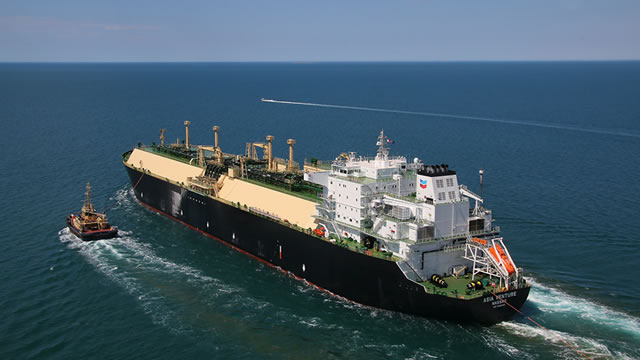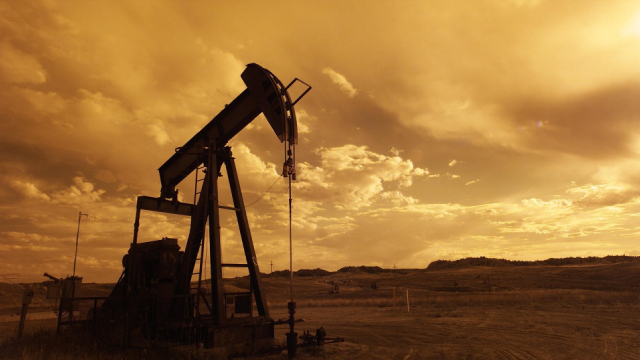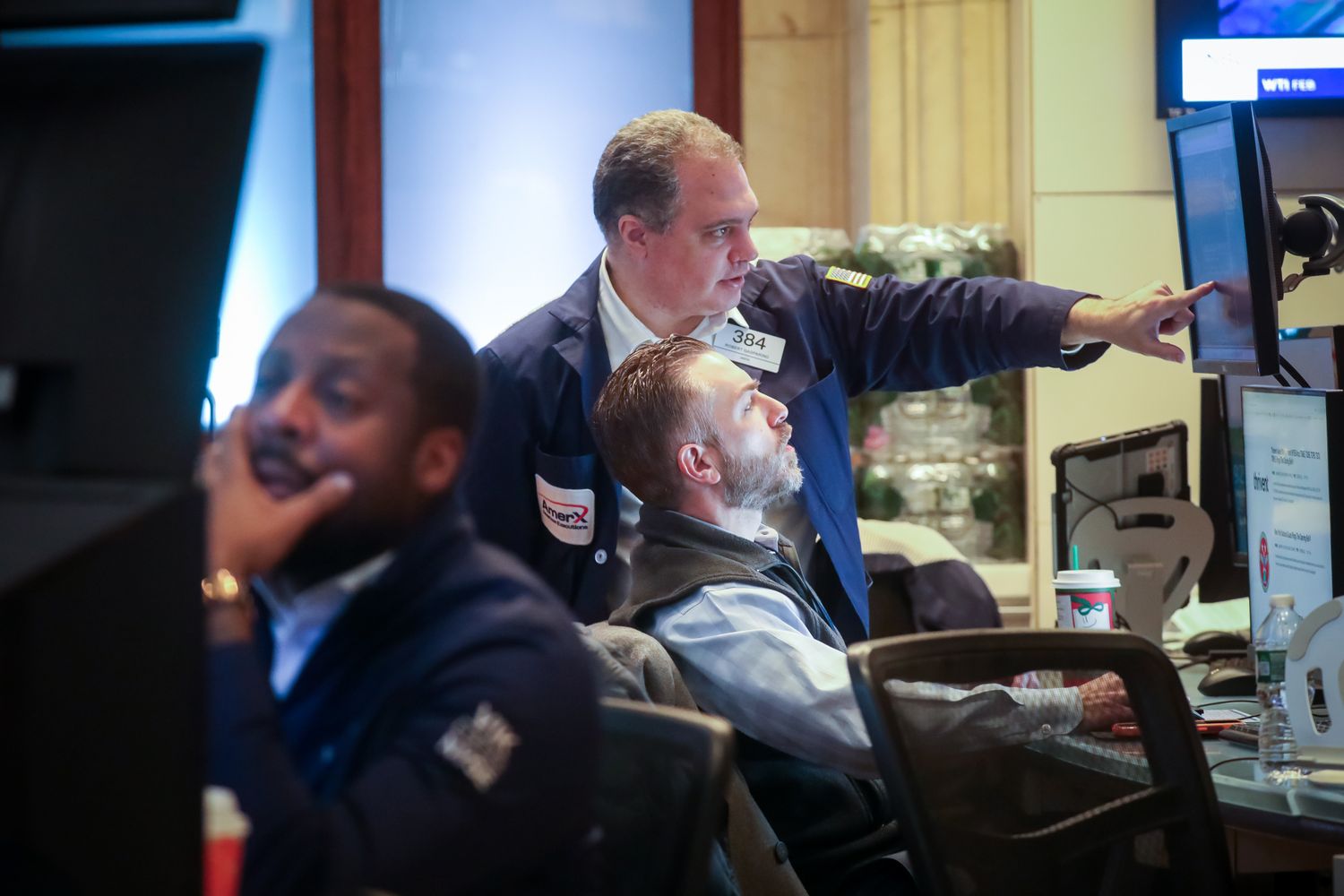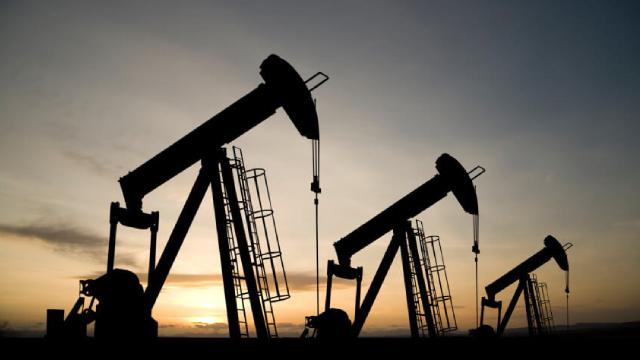
CVX
Chevron Corporation
$155.2
-1.34
(-0.86%)
| Exchange: | |
| Market Cap: | 310.3B |
| Shares Outstanding: | 1.356B |
About The Company
| Sector: | Energy | |||||
| Industry: | Oil & Gas Integrated | |||||
| CEO: | Michael K. Wirth | |||||
| Full Time Employees: | 45298 | |||||
| Address: |
|
|||||
| Website: | https://www.chevron.com |
Chevron Corporation, through its subsidiaries, engages in integrated energy and chemicals operations worldwide. The company operates in two segments, Upstream and Downstream. The Upstream segment is involved in the exploration, development, production, and transportation of crude oil and natural gas; processing, liquefaction, transportation, and regasification associated with liquefied natural gas; transportation of crude oil through pipelines; and transportation, storage, and marketing of natural gas, as well as operates a gas-to-liquids plant. The Downstream segment engages in refining crude oil into petroleum products; marketing crude oil, refined products, and lubricants; manufacturing and marketing of renewable fuels; transporting crude oil and refined products by pipeline, marine vessel, motor equipment, and rail car; and manufacturing and marketing of commodity petrochemicals, plastics for industrial uses, and fuel and lubricant additives. It is also involved in the cash management and debt financing activities; insurance operations; real estate activities; and technology businesses. The company was formerly known as ChevronTexaco Corporation and changed its name to Chevron Corporation in 2005. Chevron Corporation was founded in 1879 and is based in San Ramon, California.
Click to read more…
Revenue Segmentation
EPS
Earnings Call
Income Statement
(* All numbers are in thousands)
Balance Sheet
(* All numbers are in thousands)
Cash Flow Statement
(* All numbers are in thousands)
Analyst Estimates
(* All numbers are in thousands)







